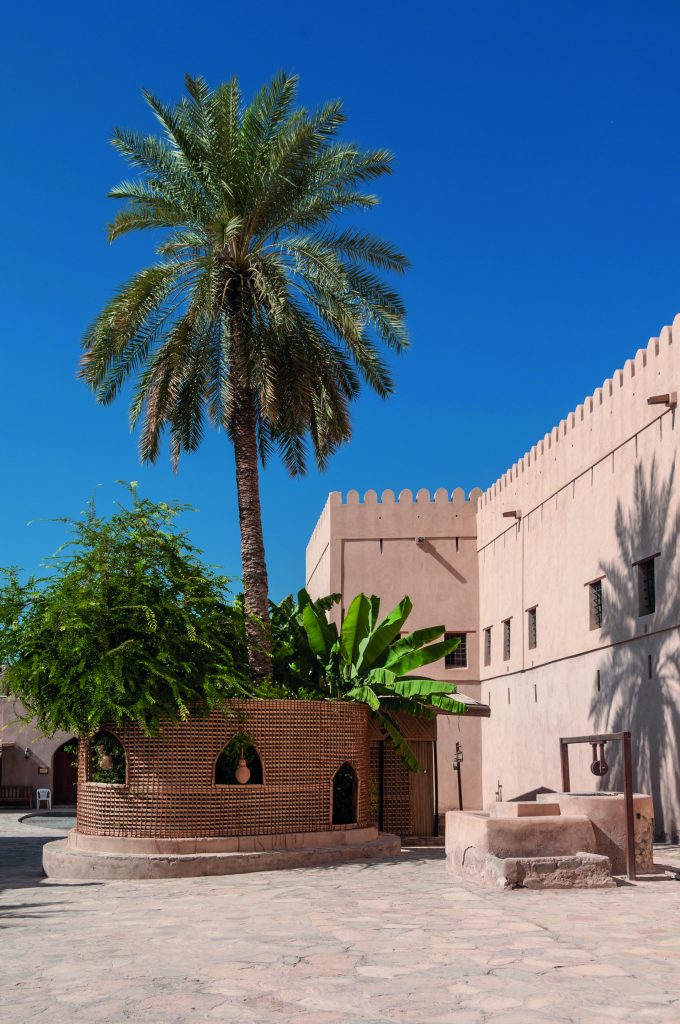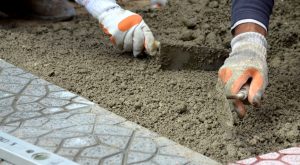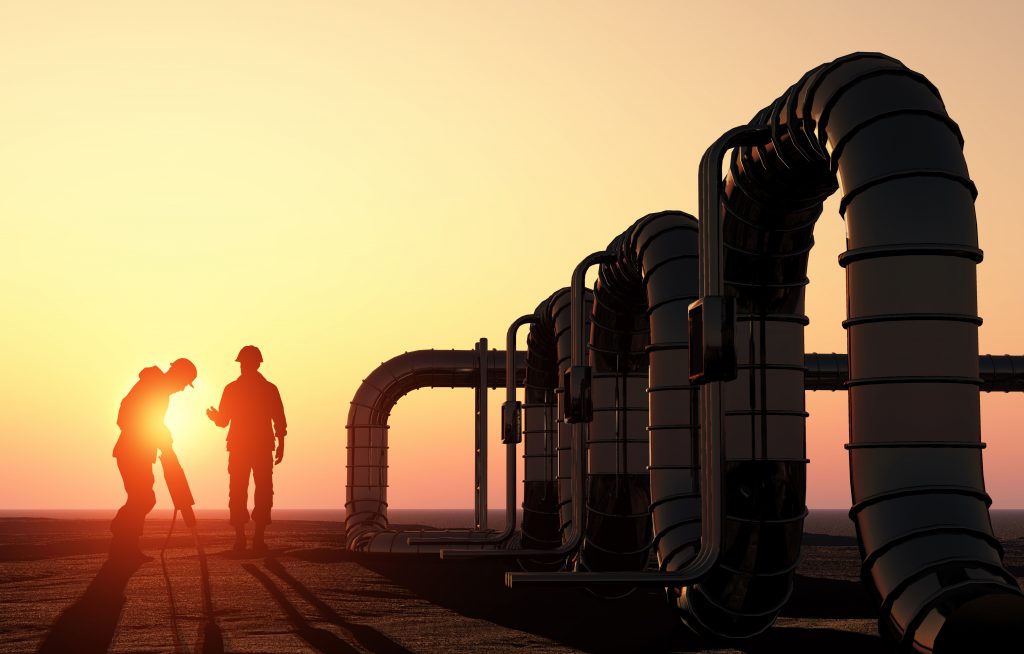The rising worldwide demand for petroleum products means hydrocarbon exploration is moving to new and often underdeveloped regions. For oil and gas infrastructure to truly support developing communities it’s important to factor in the future from the start, explain urban planner Rosie French and development manager Mark Frost.
The challenge with setting up an oil and gas project in a remote location is that there’s often no local, skilled workforce. There’s also very little existing infrastructure — no accommodation, no roads, no railway — no way to bring in construction materials or provide for the people who will build and operate a facility.
Yet developing infrastructure such as roads, ports, airports and waste water treatment facilities and providing education, healthcare, and transport in remote locations can benefit local communities during the life of a project and for many years after a facility has shut down.
Worker accommodation is a good example for us to explore. Ensuring the safety and contributing to the livelihoods of people who work on oil and gas projects plays a big part in attracting and retaining the best employees for the job, especially in underdeveloped or war-affected countries. Reliable utilities, access to medical care and recreational facilities go a long way towards keeping workers productive, happy and healthy.
But how do you design worker facilities and other infrastructure that help ensure sustainable development in remote regions?
Design for the future
 It’s important to factor in the future from the start if you’re going to create facilities that local communities can use and benefit from once a project is over.
It’s important to factor in the future from the start if you’re going to create facilities that local communities can use and benefit from once a project is over.
Worker accommodation and facilities can be built, dismantled and taken away every few years. They can also be designed to be reused, passed on to other companies or given to local communities; flexibility and adaptability in design are key.
More permanent operator housing facilities can be designed in keeping with local cultures and ways of living, helping to ensure they not only create a sense of place for operators but can be repurposed for use after a project, such as our work with a confidential oil and gas client, where we’ve designed worker accommodation for 700 senior engineers in a remote and developing region.
We designed the residential buildings as you usually would for project and construction workers (see image left), with multiple bedrooms and ensuite bathrooms, but with the option to knock through the walls and convert them into four-bedroom family homes, suitable for local families to live in once the project is over (see image above).
At the centre of the each building is a residential courtyard, in-keeping with the host nation’s architecture and local ways of life.
The courtyards also provide operators and future residents a degree of privacy and security, encourage social interaction and foster a sense of community.
The industry needs to go one step further and set up local training opportunities needed to sustain development.
Boost local talent pools
More often than not, international operators bring labour into remote regions such as Iraq from places like Southeast Asia. However, it can be difficult for foreigners to gain the right visas or there may be local content requirements in the host country that restrict the number of expatriate workers on a project. This is where operators must rely on local supply chains for resources, which can be costly, timely and challenging — from upskilling to language barriers, as we talk about in Lasting, local legacies on page 4.
Under the United Nations Development Programme, oil and gas companies throughout the world need to invest a certain amount of money in training locals, which many operators are committed to. But the majority of companies use this money to send locals to English-speaking counties, to learn English and gain information technology skills.
The industry needs to go one step further and set up local training opportunities where people can learn the basics of bricklaying and other trades, to boost skills in the region needed to sustain development.
AECOM took on a work shadowing programme with a confidential client in a frontier country, for example, where local architects, engineers and project managers observed our team over eight months to learn best-practice processes, from checking architectural drawings and project managing a construction project on the ground to understanding and using the highest of health and safety standards.
Collaborate to create
If a company is going to operate in a new region, where no other has gone before, it makes sense to collaborate with the host government to maximise potential and minimise project costs.
This might include planning an oil and gas industrial park with shared services and financial incentives that attract similar companies, encouraging them to follow suit; why build and invest in multiple power generation plants when a centralised power plant can be developed, allowing operators to purchase power on an ‘as-needed’ basis?
The same question can be asked of roads, rail, security, transport, worker accommodation and community facilities. As the saying goes: ‘build it and they will come.’
To deliver infrastructure when it’s needed and ensure operations start sooner rather than later, it makes sense to have a resources, capital and finance model in place from the start.

New conversations: start sooner rather than later
Project overruns can cost operators millions of dollars per day. Yet oil and gas majors often struggle to generate enough money to build vital infrastructure before extraction starts.
To deliver infrastructure when it’s needed, and ensure operations start sooner rather than later, it makes sense to have a resources, capital and finance model in place from the start. This means encouraging the industry to move from the traditional finance-led construction approach to design, build, finance and operate (DBFO) arrangements; this is a big shift from the norm, but a conversation worth starting.
AECOM is in discussions with an international petroleum company to use the DBFO model to develop large workers’ accommodation camps in remote, unstable and hostile locations across the Middle East. One of the key challenges of this approach is the appetite from large companies capable of delivering projects of this size to commit to long-term agreements, which sometimes span for 20–25 years.
Typically, international oil and gas companies are paid on a reimbursement basis, requiring large capital investment which fits in well with the DBFO model. However, cost reimbursement contracts rely heavily on being paid on time by governments.
Oil and gas organisations in locations such as Iraq, for example, are often formed through a joint venture, or partnership, between supermajors and the local government. For a DBFO model to be successful in this environment, international engineering and construction companies need adequate payment guarantee, directly underwritten by the supermajor itself.
Although supermajors continue to submit expressions of interest for DBFO projects in remote locations across the Middle East, it remains to be seen whether supermajors would underwrite such contracts which may outlast the duration of a joint venture contract.
